
Explore if a demiboy can use they/them pronouns and learn about personal pronoun choices in gender identity.

Discover what gender-neutral pronouns are and why they matter for inclusivity in language.

Explore the importance of using all pronouns to foster inclusivity and respect in society.

Discover the origins of the singular 'they' pronoun, first noted in 1375, and its role in modern gender-neutral language.
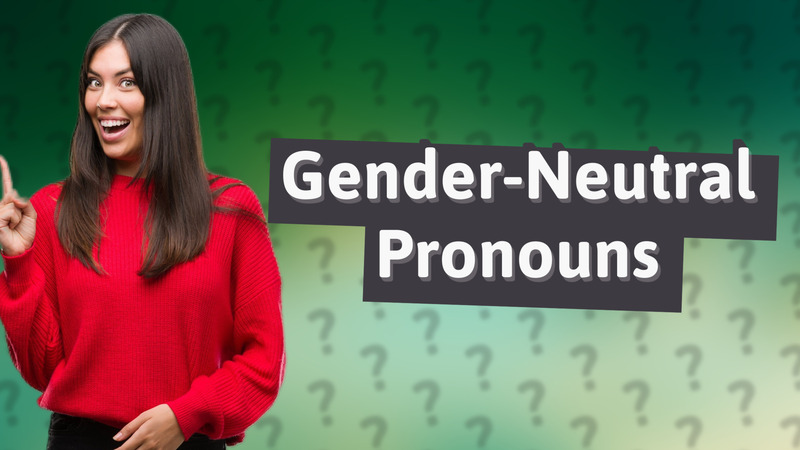
Explore the correct use of gender-neutral pronouns in modern English to promote inclusivity.

Explore the 14 essential English pronouns for better communication and clarity.

Explore gender-neutral pronouns like they/them and neo-pronouns, and learn how to respect individual identities.

Learn about the German pronoun 'xier', a gender-neutral option promoting inclusivity and respect for non-binary individuals.

Explore when and why the practice of choosing personal pronouns began, highlighting its significance in promoting inclusivity.

Learn the proper way to formally address gender-neutral individuals using inclusive titles and pronouns.
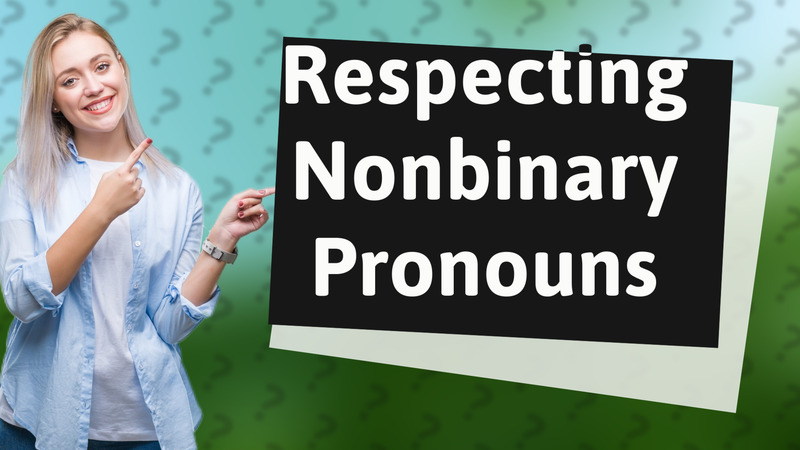
Learn how to respectfully refer to nonbinary individuals using their preferred names and pronouns.

Learn about strong pronouns, their inclusivity, and examples like they/them and xe/xem. Discover their importance in respecting gender identities.

Discover the history of 'they' as a singular pronoun used since the 14th century and its relevance today.
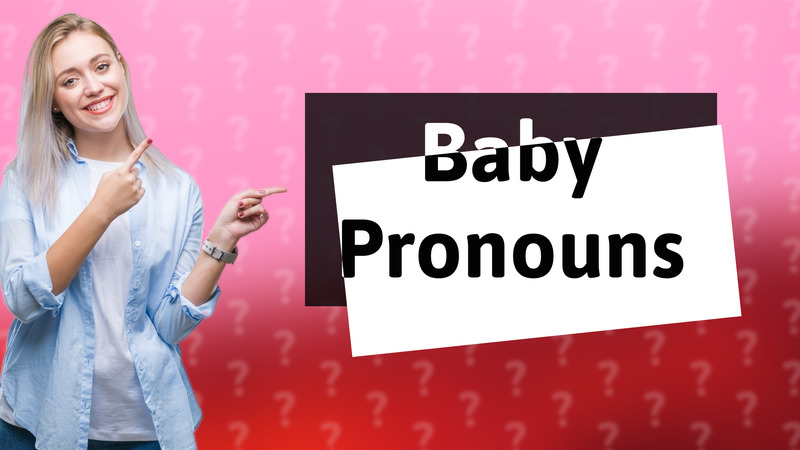
Explore how pronouns relate to babies and the role of parents in assigning them based on identity and societal norms.

Discover what the pronoun xe means and why it’s important for gender-neutral communication.
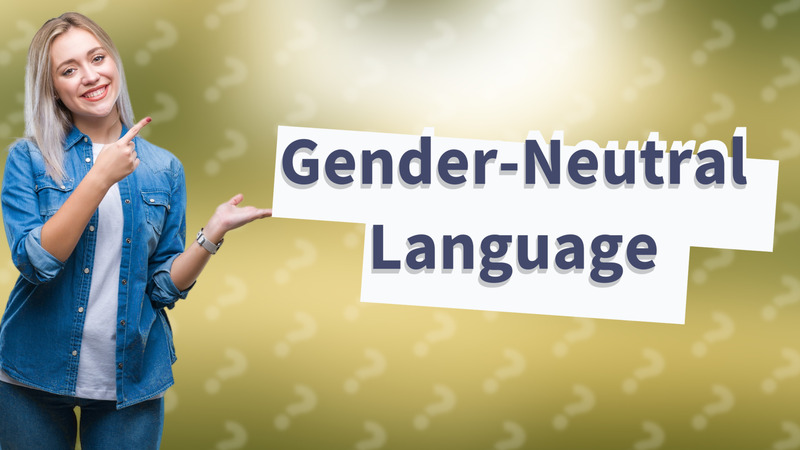
Discover how 'they' serves as a gender-neutral pronoun, promoting inclusivity in language and respect for gender diversity.
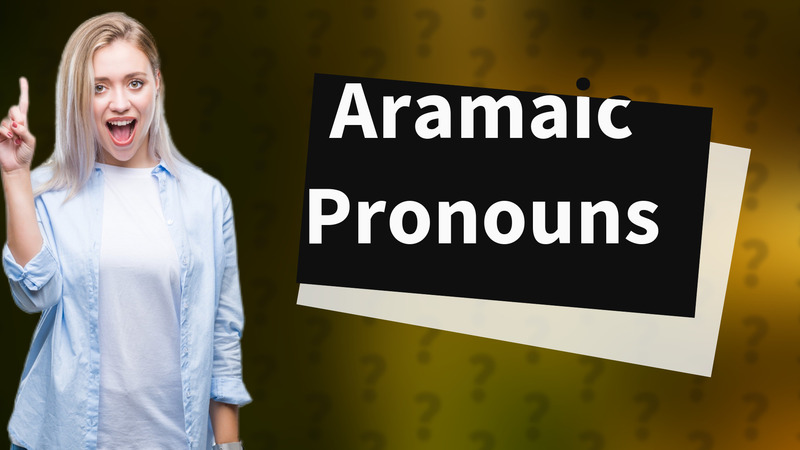
Discover how Aramaic uses gendered pronouns and their significance in this ancient language.

Explore the evolution of nonbinary Greek pronouns and their role in inclusivity within the language.

Explore why 'they/them' is the most rated pronoun, a choice championing gender-neutrality and inclusivity.
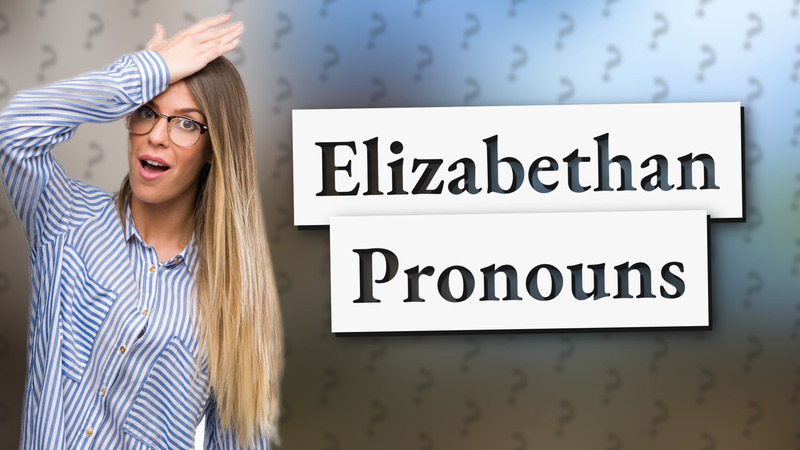
Explore the usage of Elizabethan pronouns like 'thou', 'thee', and more in this informative video.
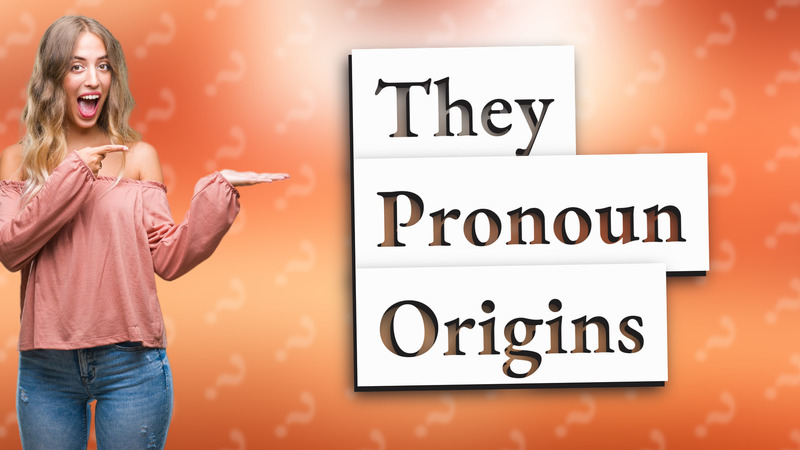
Discover the origins and evolution of they/them pronouns in modern language and society.

Learn about the gender-neutral pronoun 'ze' and its importance in promoting inclusivity in gender identities.

Learn how to honor your non-binary child's identity by using their chosen name and pronouns.

Learn about the pronouns commonly used for straight females and the importance of respectful communication.

Learn about the longest word in English pronouns: 'themselves.' A unique reflexive pronoun explained.
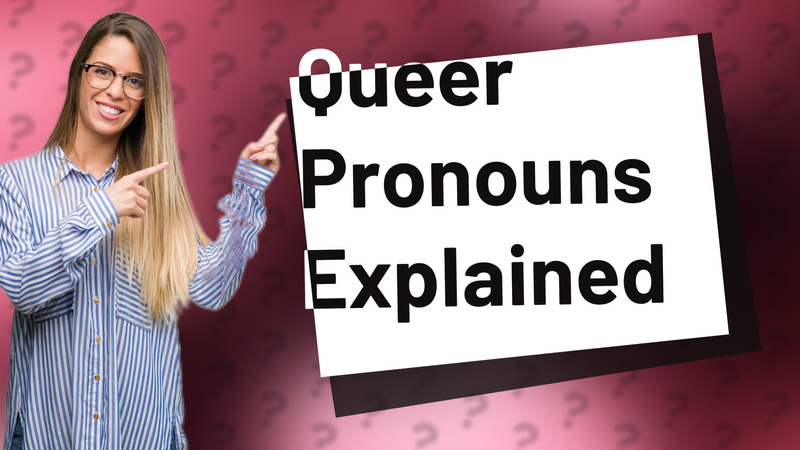
Explore common queer pronouns and learn how to use them respectfully for inclusivity.
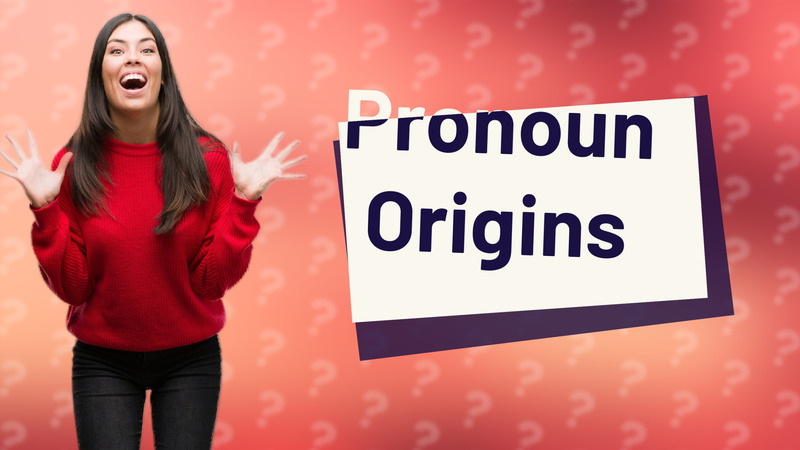
Explore the origins of the word 'pronoun' and its linguistic roots in this concise Q&A video.

Explore new pronouns like ze/hir and they/them, fostering inclusivity and respect for diverse gender identities.

Discover the fascinating history of the pronoun 'she' and its evolution from Old English to modern usage.
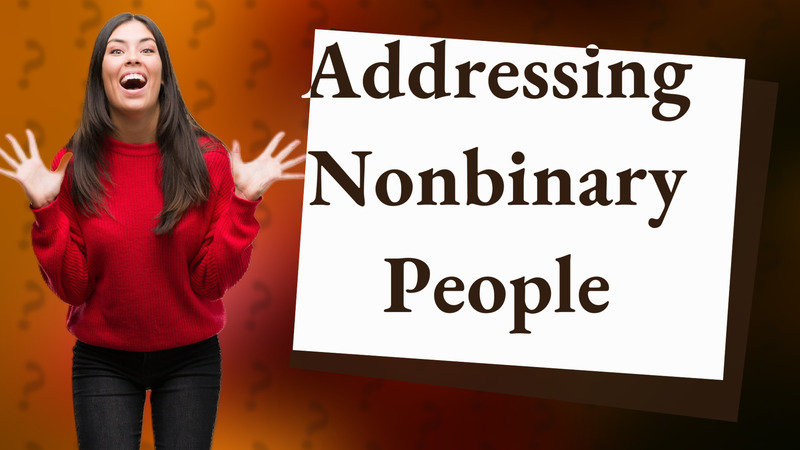
Learn the formal way to address nonbinary individuals using 'Mx.' and they/them pronouns for inclusivity.

Discover if 'ze' is acknowledged as a gender-neutral pronoun in the Oxford English Dictionary.
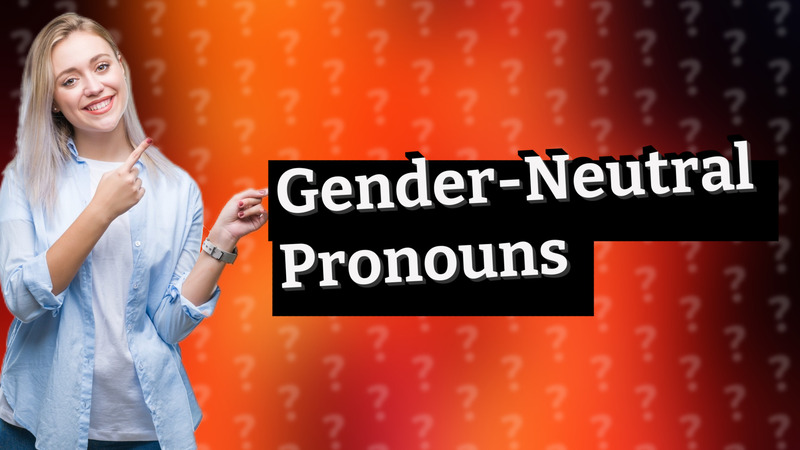
Discover the meaning of 'zie', a gender-neutral pronoun promoting inclusive language.

Explore the historical context and significance of Shakespeare's pronouns in our latest video.
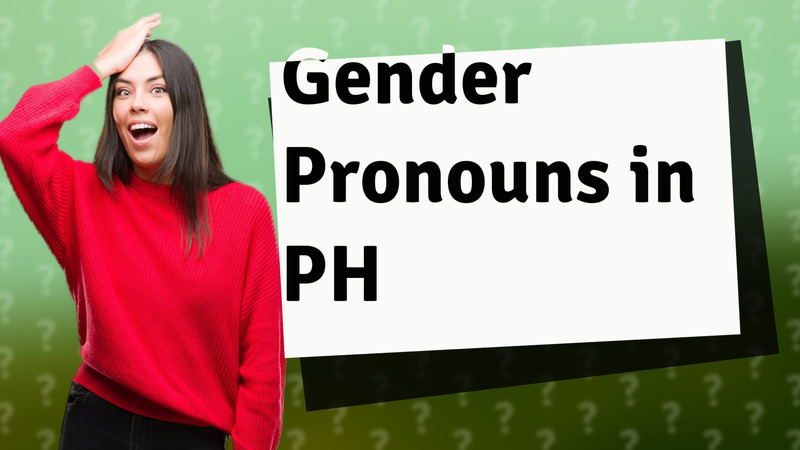
Explore the use of gender-neutral pronouns like 'siya' and 'kanya' in Filipino and their significance for inclusivity.

Explore the origins and evolution of the pronoun 'it' in English, tracing back to Old English and its usage today.
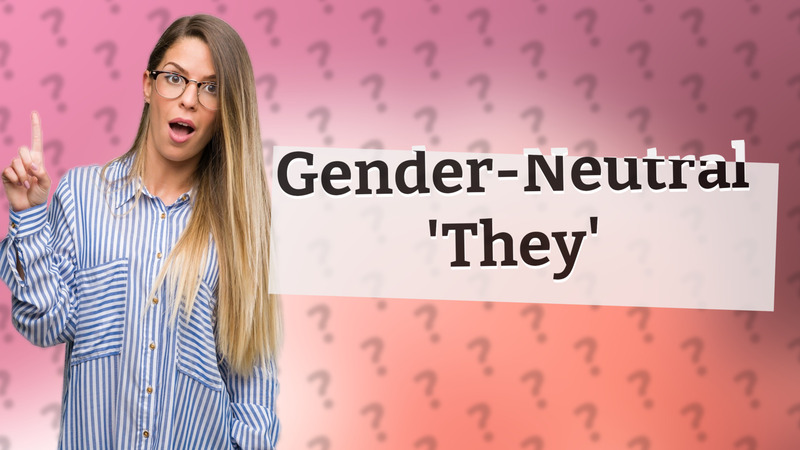
Learn how to use 'they' as a respectful gender-neutral pronoun in everyday language.

Explore the origins and inclusive use of the gender-neutral pronoun 'zie' in language.

Learn about German definite pronouns: der, die, das, and their usage in defining specific nouns.

Learn how to refer to individuals of unknown gender using inclusive pronouns like they/them.

Learn about hir/hir pronouns and their role in promoting gender inclusivity.
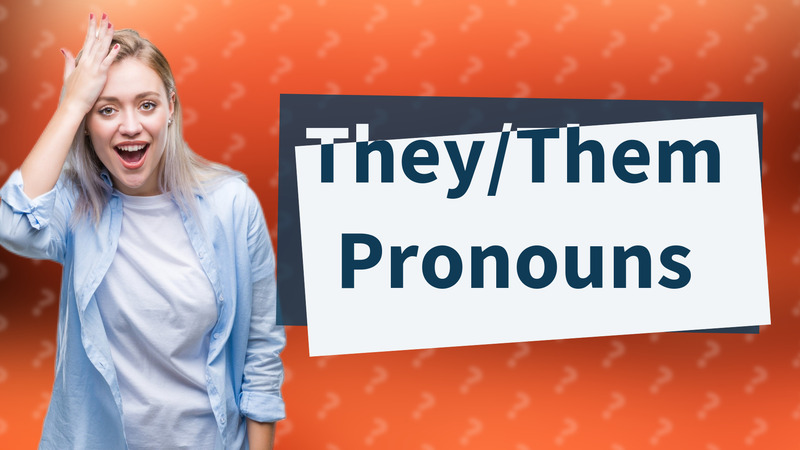
Learn why 'they/them' pronouns are used for undefined gender identities in this informative video.

Learn how to refer to someone without knowing their gender using inclusive language and gender-neutral pronouns.
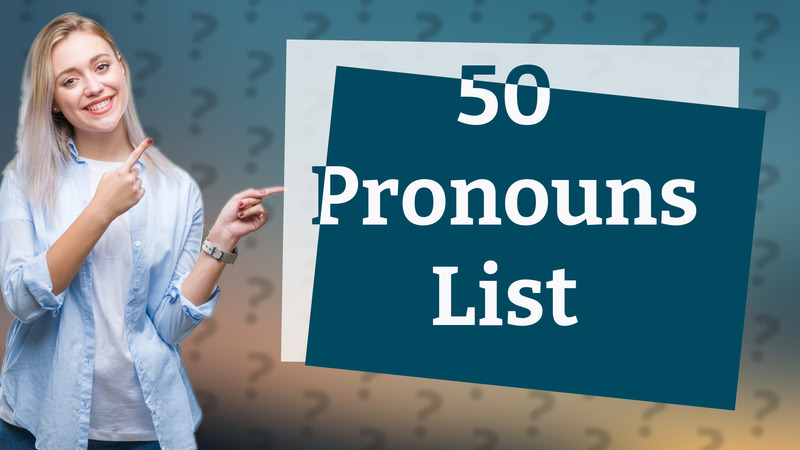
Discover 50 essential pronouns in English and how they simplify communication.

Discover the evolving landscape of LGBTQ pronouns and learn about respect and personal preference in addressing individuals.

Explore the history and rise of neutral pronouns like they/them since the 14th century, highlighting gender inclusivity advancements.
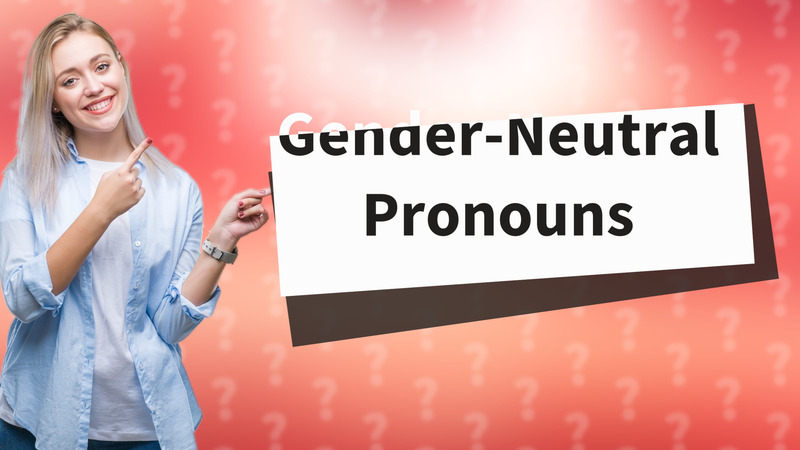
Learn about gender-neutral pronouns, including 'they' and other alternatives like 'ze/hir'.

Learn about using 'they' as a singular pronoun for individuals of unknown gender. An inclusive and grammatically correct practice.

Explore how they/them pronouns serve as gender-neutral options in English.

Discover how Latin used pronouns and why they're crucial for sentence construction.

Discover the first-person pronouns and their significance in Old English grammar and texts.
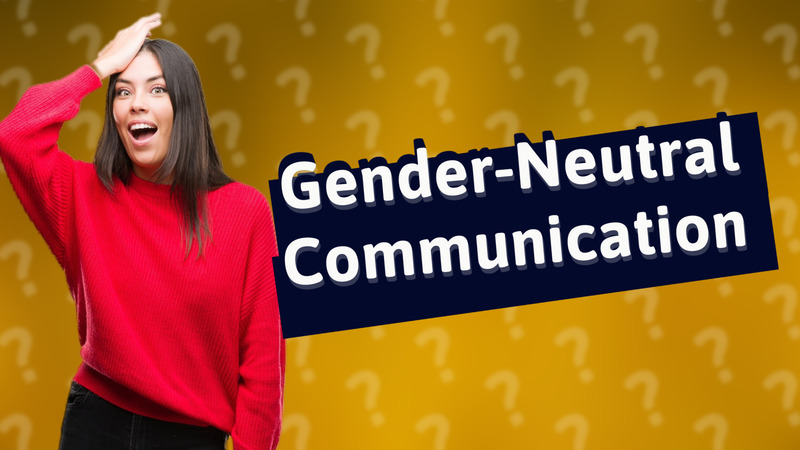
Learn how to use gender-neutral terms and show inclusivity when addressing individuals. Gain insights on respectful communication.
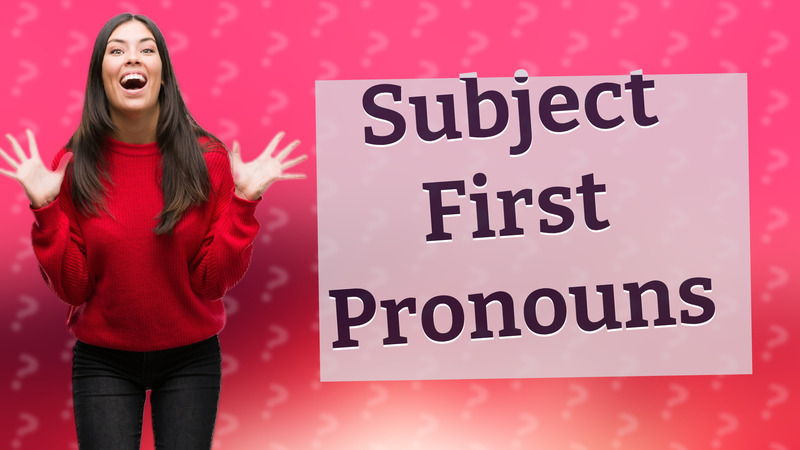
Discover how subject pronouns work in sentences and learn which pronoun comes first in English grammar.

Discover the complex pronoun system of Old English, including singular and plural forms, cases, and their significance in communication.
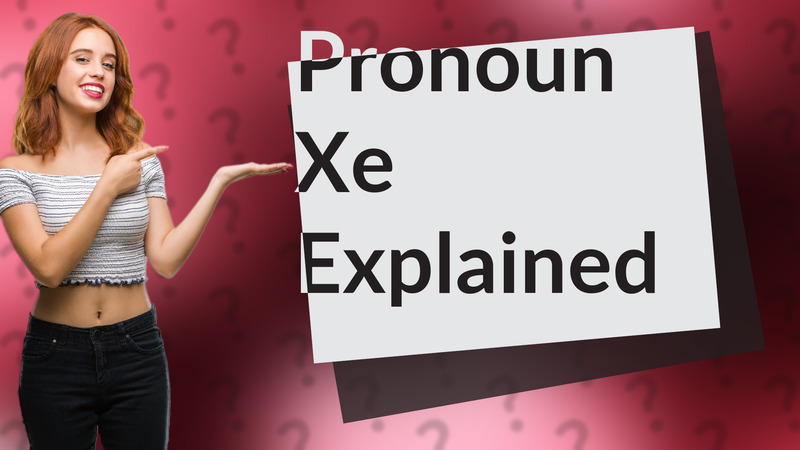
Learn about the gender-neutral pronoun Xe and its usage as an alternative to traditional pronouns.

Discover the importance of LGBTQ pronouns and how to use them respectfully.

Learn how to address people respectfully without assuming their gender with these gender-neutral tips.

Explore the use of 'he' as a gender-neutral pronoun and discover alternatives for inclusivity.

Discover what the ey pronoun is and how it supports gender non-conforming identities. Learn its usage today!

Discover what it means to identify with zie pronouns and how it supports non-binary individuals.
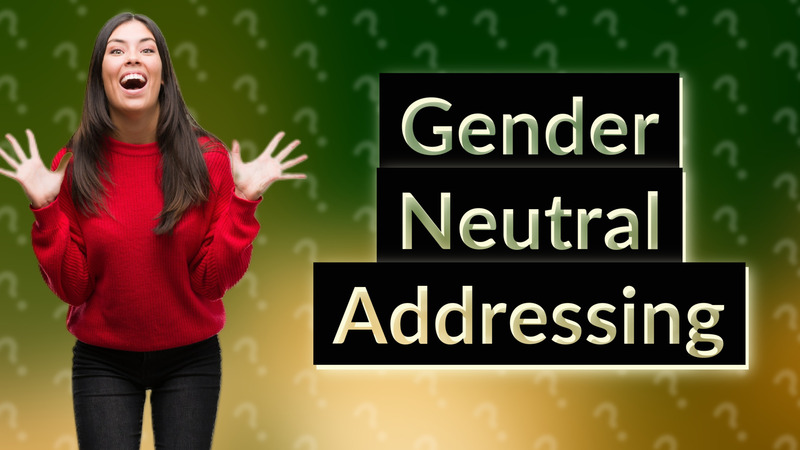
Learn how to effectively address individuals without gender using inclusive language and pronouns.

Explore neutral gender terms for inclusivity, including titles and pronouns for better communication.

Discover the history of 'they' as a singular pronoun and its significance as a gender-neutral option in modern language.
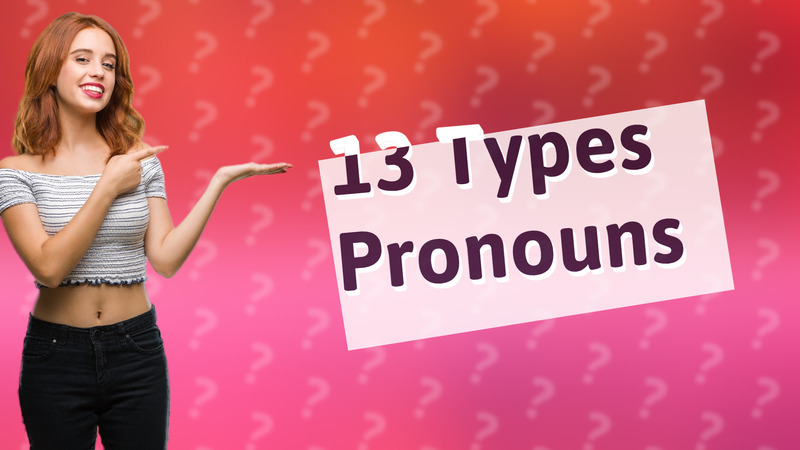
Learn about the 13 types of pronouns with examples. Enhance your grammar skills with this essential guide!

Explore the meaning of gender-neutral and genderless terms in this informative video.

Discover the meaning of 'ze' in French and its role in gender-neutral language.

Explore the meaning and usage of xe/xem as gender-neutral pronouns in our latest discussion.
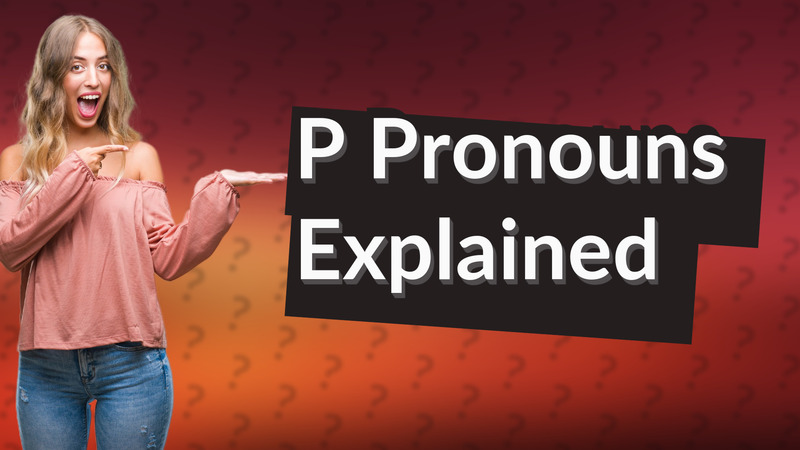
Learn about P pronouns and how they offer personalized options beyond traditional pronouns.

Explore the meaning of 'Zie' as a gender-neutral pronoun and its importance in promoting inclusivity.

Learn about the significance of the pronoun 'I' in English communication.

Explore the emergence of the gender-neutral pronoun 'ze' in language and its significance for inclusivity.

Discover the best pronouns for men and learn the importance of respecting individual preferences.

Learn about 'zir'—a gender-neutral pronoun that respects individual identity and fosters inclusive communication.

Learn about nonbinary pronouns, their importance, and how to use them respectfully in conversations.

Learn how to use gender-neutral pronouns like 'they/them' for inclusive communication.
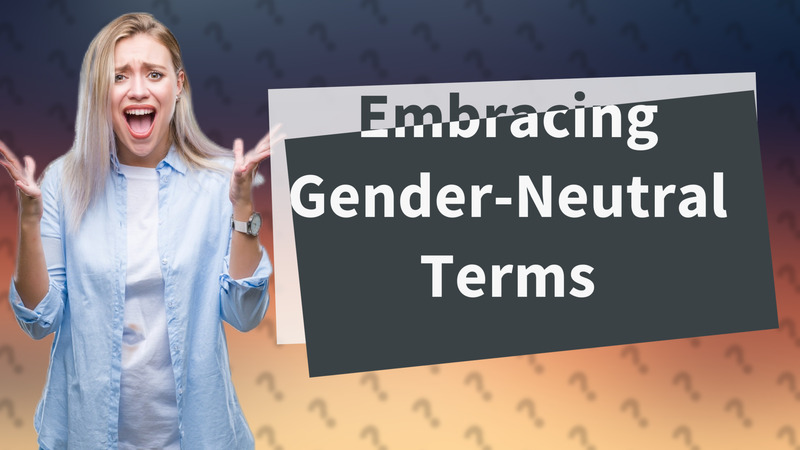
Explore common gender-neutral terms like 'they/them' and 'Mx.' in this informative video on inclusive language.

Discover the meaning of 'thon', a gender-neutral pronoun coined in the 19th century as an alternative to 'he' or 'she'.

Discover the inclusive LGBTQ pronouns in French and how to use them respectfully in everyday conversations.

Explore the meaning of 'ze', a new gender-neutral pronoun promoting inclusivity in English.

Learn about the first pronouns in English and enhance your communication skills.

Learn about the pronoun 'zir' and its use in promoting inclusivity for non-binary individuals.

Learn about the seven types of pronouns and their usage in communication for clearer understanding.
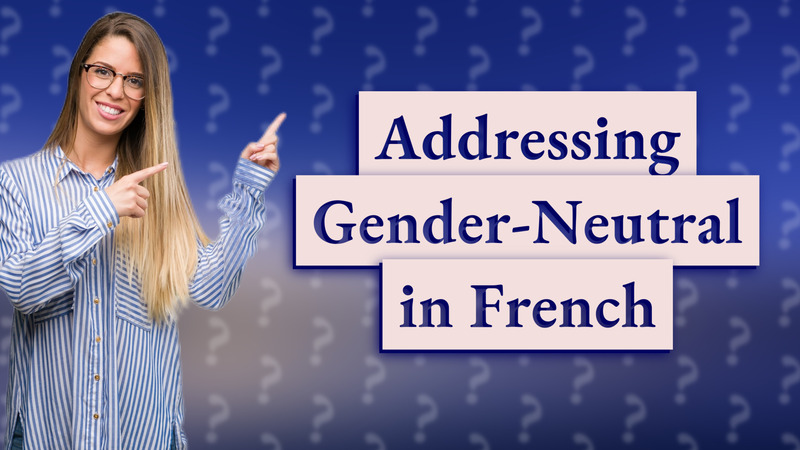
Learn how to respectfully address gender-neutral individuals in French using the pronoun 'iel' and other neutral terms.

Discover the meaning and usage of the gender-neutral pronoun 'fey' in today's society.

Learn about the gender-neutral pronoun 'Zis' and its significance in affirming individual identities.
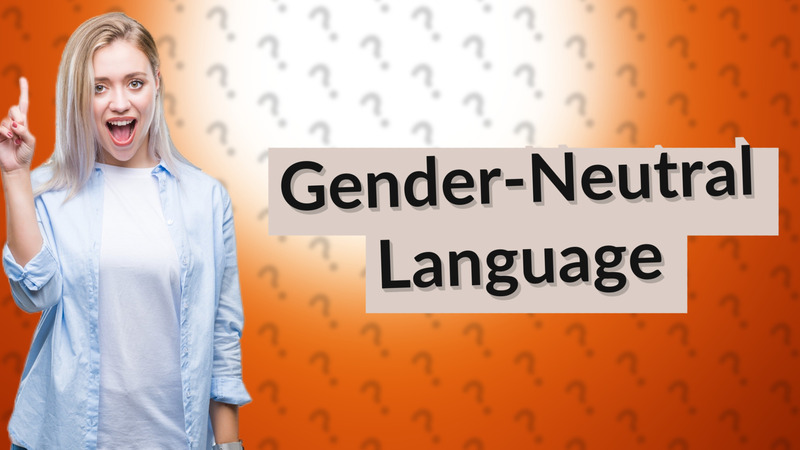
Learn about gender-neutral pronouns like 'they/them' and the title 'Mx.' for unknown gender reference.
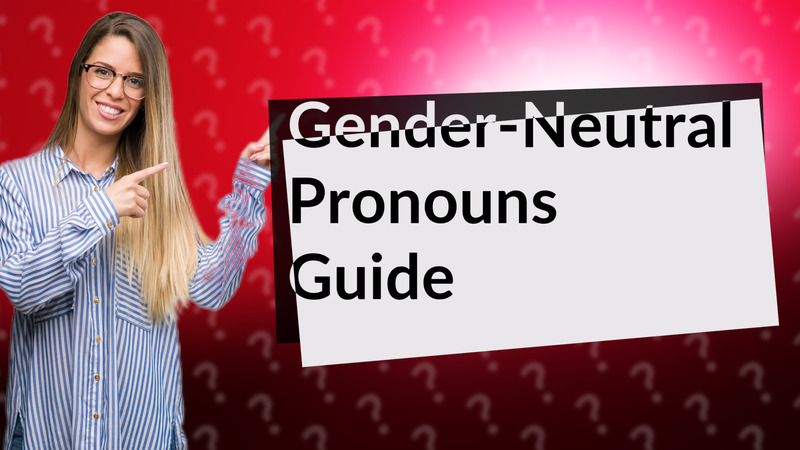
Learn how to respectfully use gender-neutral pronouns in conversations and written communication to promote inclusivity.

Discover the 20 personal pronouns used in English to simplify communication and enhance your language skills.
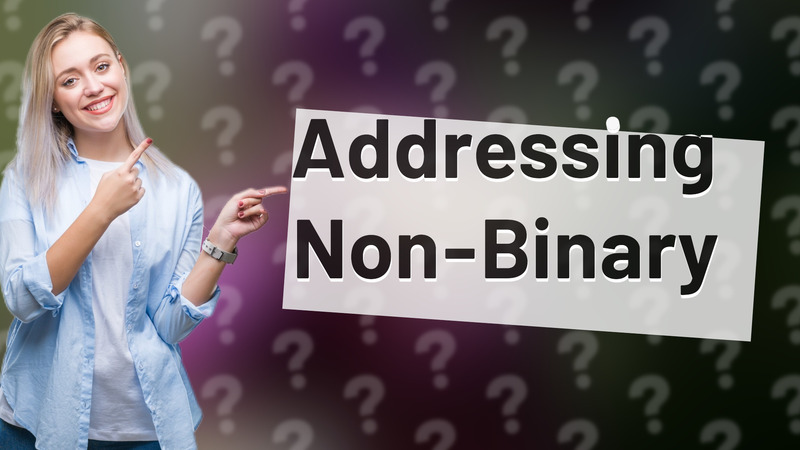
Learn how to address non-binary individuals with respect using gender-neutral titles and pronouns.
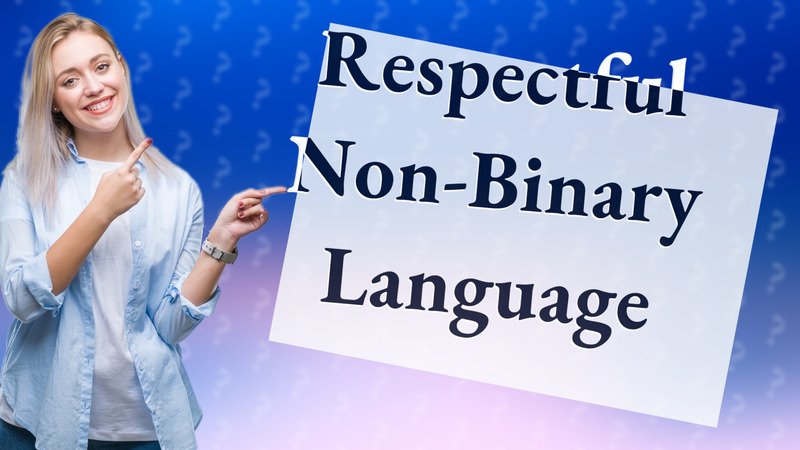
Learn how to use the correct names and pronouns for non-binary individuals in a respectful way.

Learn about 'Xir', a gender-neutral pronoun used by nonbinary individuals. Discover its significance and usage.
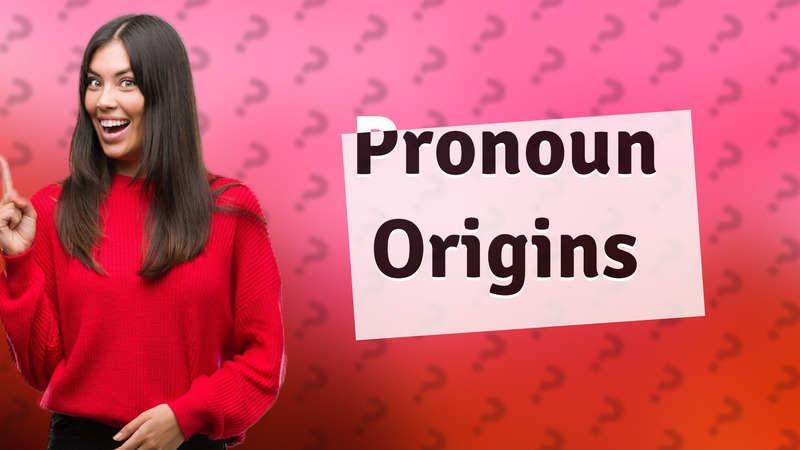
Discover the origins of pronouns and their significance in language development throughout history.

Learn how to effectively affirm someone's gender identity and support their self-expression with simple yet impactful actions.
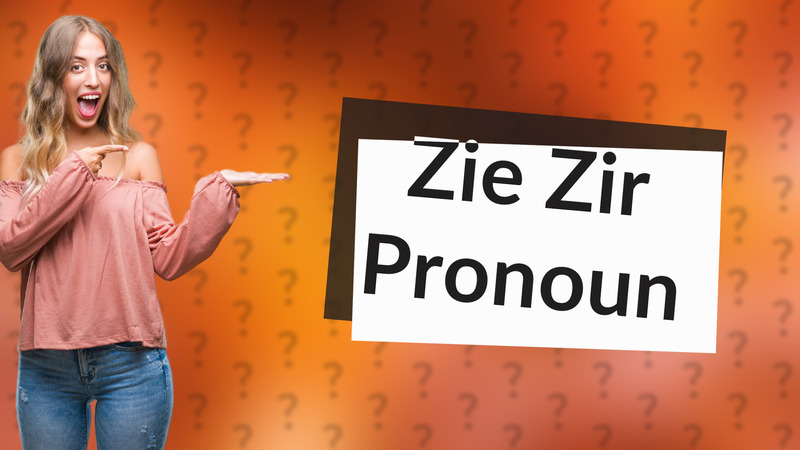
Learn about the Zie Zir pronoun, its usage, and how it respects non-binary identities.
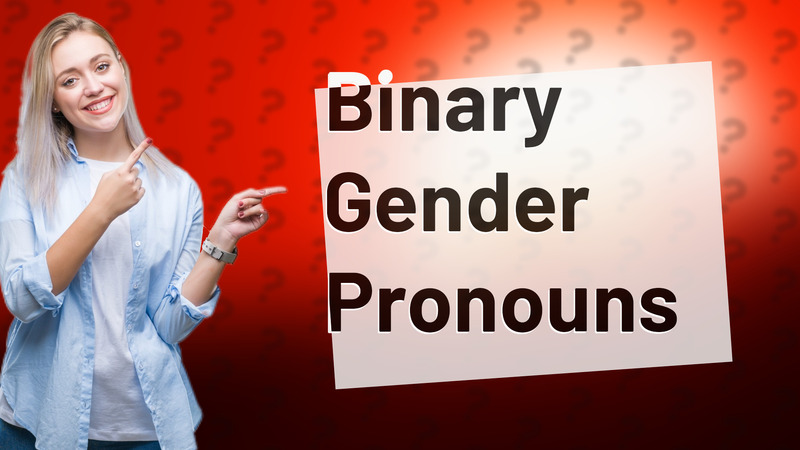
Learn about binary gender pronouns (he/him, she/her) and their importance in respecting gender identities.

Discover the Old English dual pronoun and its significance in the evolution of the English language.
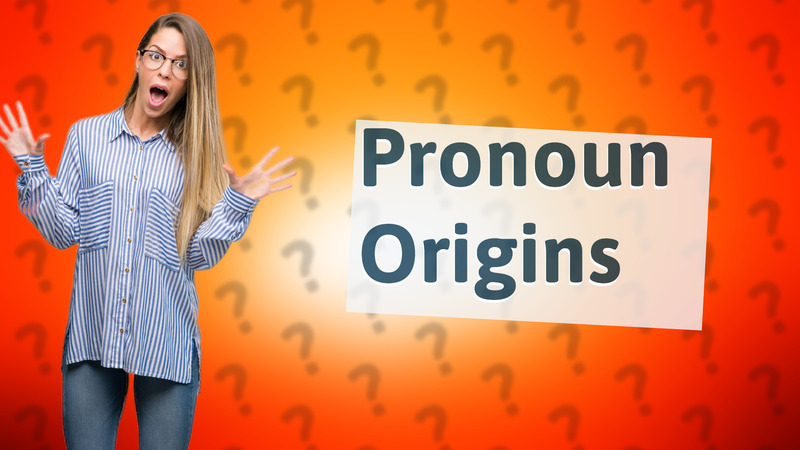
Discover the origins of pronouns and their evolution in language from ancient times.
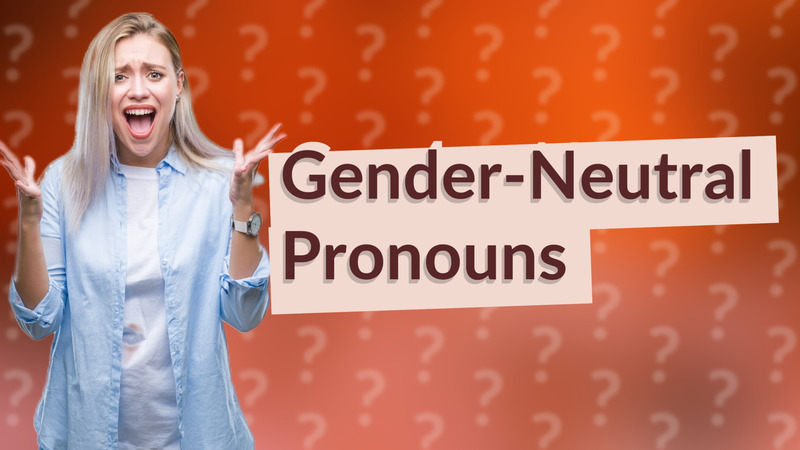
Learn about gender-neutral pronouns like 'they/them' and 'ze/hir' and how they promote inclusive language.

Discover the meaning of HIR and its role as a gender-neutral pronoun in the LGBT community.
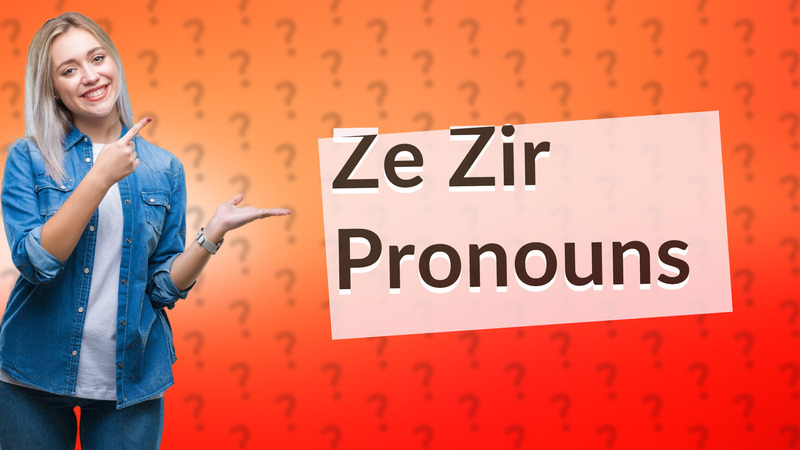
Discover the origin of Ze/Zir pronouns and how they promote gender inclusivity in language.

Learn why Spanish often omits pronouns and how verb conjugation clarifies meaning.